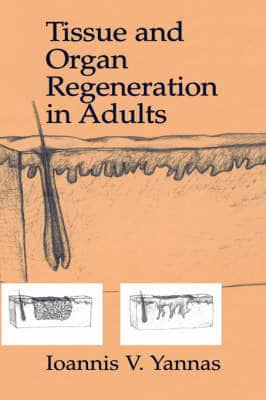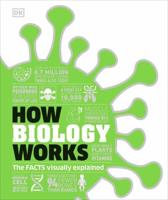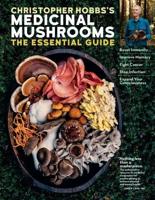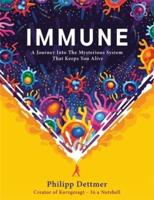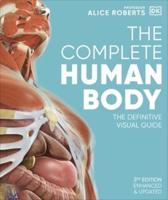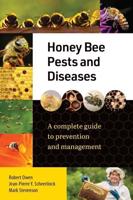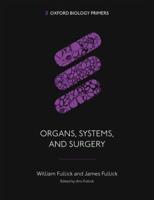Publisher's Synopsis
Why This Volume? The title of this volume reads like an oxymoron.After all, it is well known that,whether animal or human,adults do not spontaneously regenerate any of their organs that have been lost to accidental trauma or to surgery. If mammals could somehow regenerate organs such as the skin of a hand lost to a burn or a breast lost to mastectomy, scars should not ?ll the anato- cal site of the lost organ; instead,a regrown organ should emerge.If reg- eration were possible, treatments might also be developed for potentially lethal degenerative conditions such as a scarred heart muscle or a cirrhotic liver. The concept of induced organ regeneration in adults is relatively new. The deliberate modi?cation of healing to achieve regrowth of lost tissue structures does not follow directly from current mainstream paradigms of biological research.The ?rst tentative recognition that the healing process could be modi?ed to induce regeneration of the dermis, a tissue that does not spontaneously regenerate in adults, appeared in reports published in the early 1980s. Eventually, other organs, including peripheral nerves and the eye conjunctiva, were induced to regenerate in anatomical wounds known to be incapable of supporting spontaneous regeneration. The data on induced regeneration are scattered in a variety of journals, book chapters,abstracts,and theses.It is time to marshal the extensive e- dence.This is the main reason for writing this volume.


